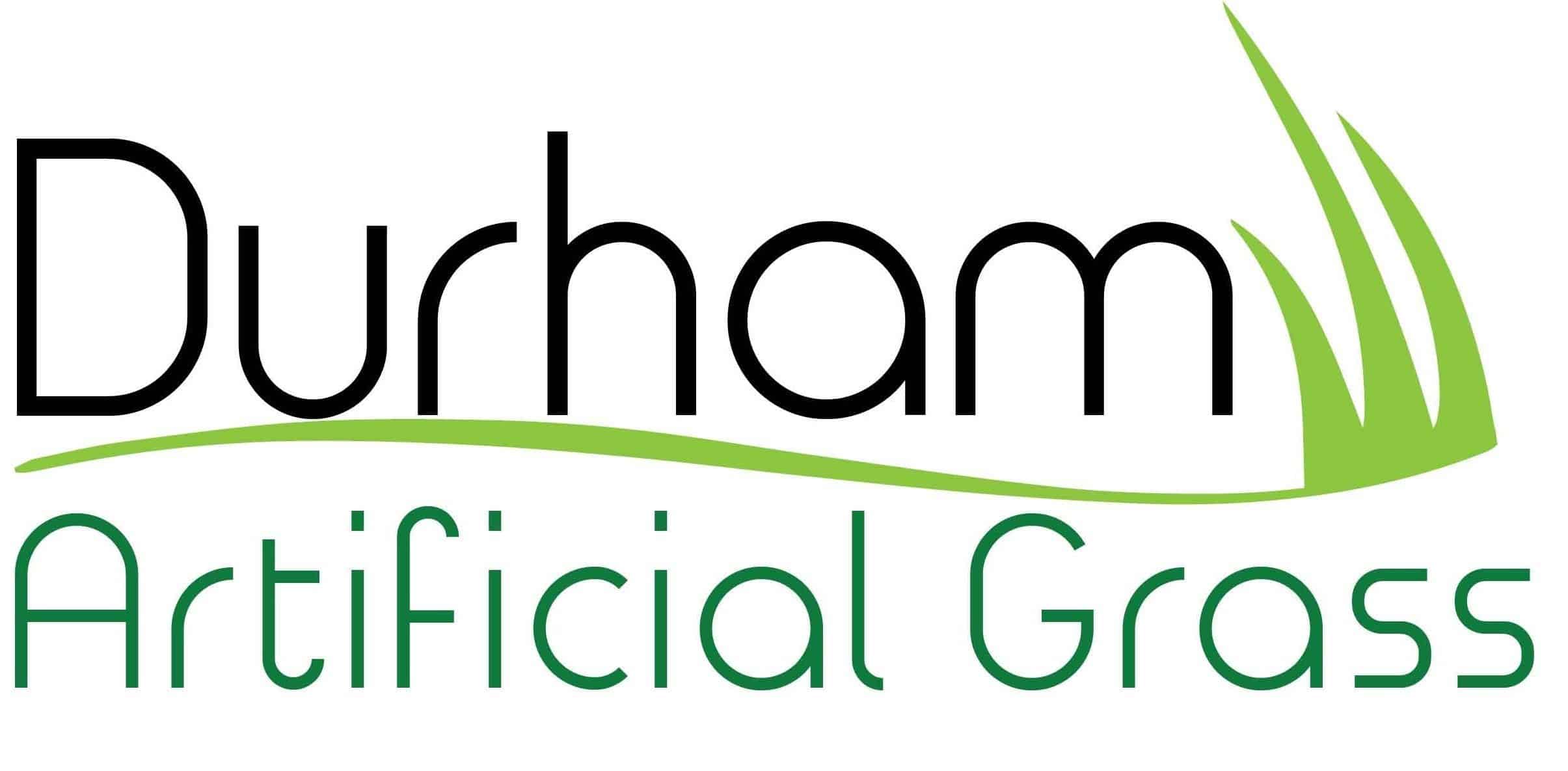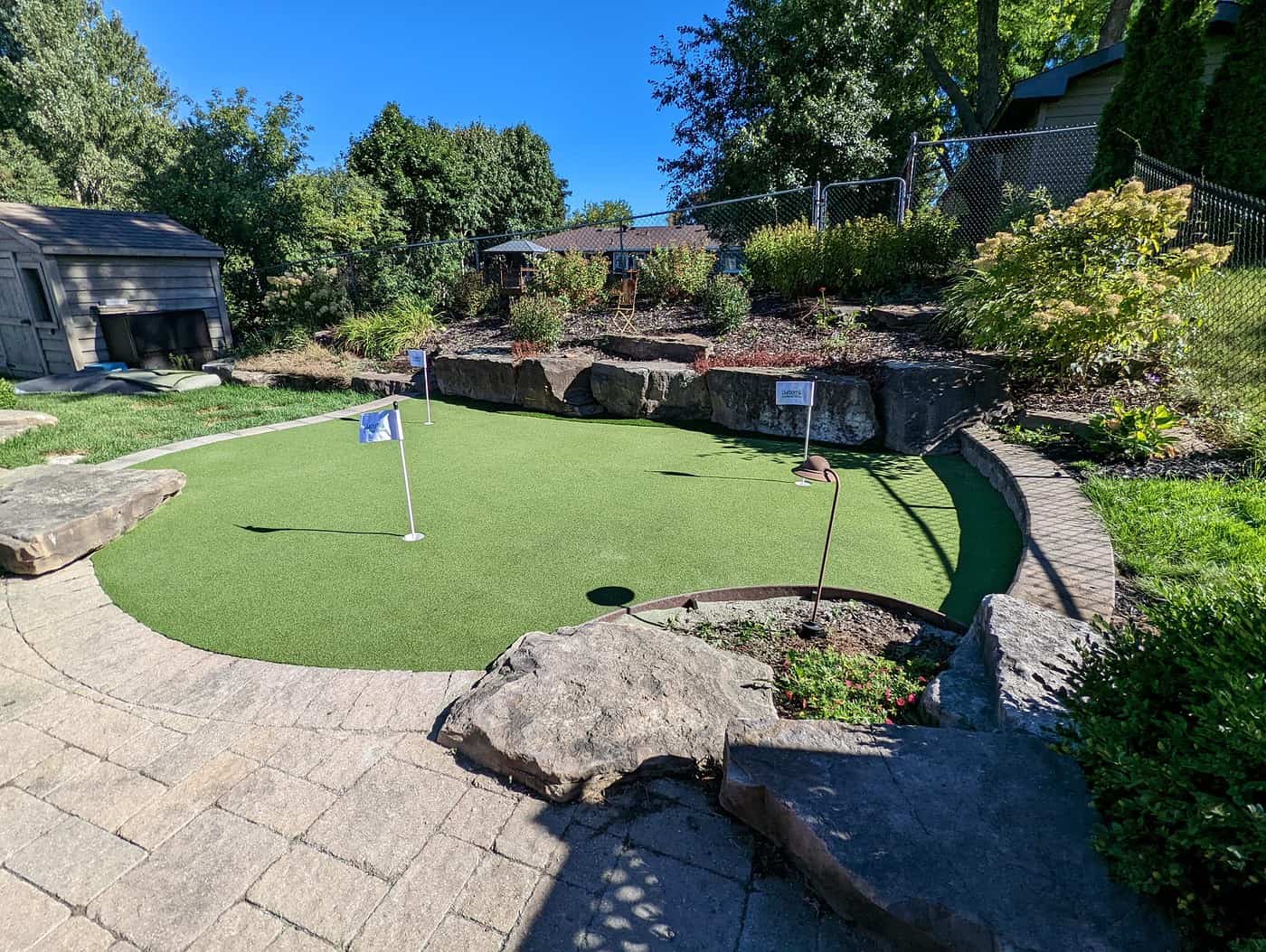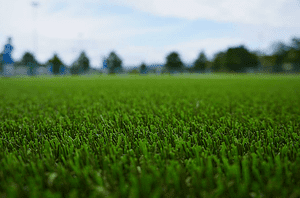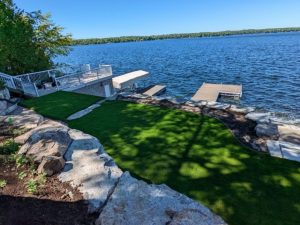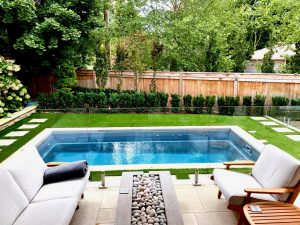This blog post will discuss everything you need to know about artificial turf. We’ll cover its advantages and disadvantages, the types available on the market, and a step-by-step guide for installation. Additionally, we’ll offer maintenance tips for keeping your artificial lawn pristine. Finally, we’ll discuss if it’s better for you to DIY or hire a professional.
We will also share some fun facts about artificial grass that may surprise you! So keep reading if you want to find out more about this modern landscaping solution.
Artificial turf is gaining popularity. It is also known as synthetic grass or fake grass. This is because it has low maintenance and is cost-effective.
These benefits have become increasingly apparent in recent years. It is a great option for those looking for an alternative to natural grass that requires less water and upkeep. Before deciding to install artificial turf, it’s important to consider the benefits and drawbacks of this modern landscaping solution. Weighing the pros and cons will help you make the best decision.
The primary benefit of artificial turf is its durability – it can last up to 25 years with proper care! This makes it a great long-term investment. You don’t have to worry about replacing your lawn every few years. This is unlike real grass.
Installing artificial turf does not involve any seeds or roots. Therefore, there is no risk of weeds growing through your new lawn. Installing artificial turf can save you time and money. It doesn’t require regular watering or mowing like natural grass does. These savings will add up over the long term.
On the other hand, one disadvantage of using artificial turf instead of real grass is that it still requires some degree of maintenance. Synthetic turf needs to be brushed and cleaned regularly, though not as often as natural turf. This will help keep it looking its best. Artificial turf does not absorb water like real grass. Therefore, you must install drainage systems beneath the turf. This will ensure proper runoff.
When it comes to choosing artificial turf, there are several different types available depending on your needs.
Different types of artificial grass available on the market
One of the most common types of artificial turf is polyethylene (PE) grass which is made from recycled plastic bottles and other materials such as rubber granules. PE turf is extremely durable and can withstand high traffic areas with ease. Additionally, it looks very realistic – so much so that people often have difficulty telling the difference between real and fake! Another type of artificial grass is nylon which has been around since the 1970s but still remains popular today due to its affordability and durability. Nylon offers good resistance against wear-and-tear making it ideal for commercial applications such as sports fields or playgrounds where there’s a lot of foot traffic.
Polypropylene (PP) grass is another popular choice when it comes to artificial lawns because it can be easily dyed any color you like! This makes it a great option for homeowners who want to get creative with their landscaping design. PP turf is also significantly lighter than PE or nylon grass, making it easier to install and requiring less time. Finally, there’s the newer generation of synthetic turf known as “third-generation” turf which combines the durability of PE and PP turf with a softer, more natural look. This type of artificial grass is ideal for residential lawns and gardens where a more realistic look is desired.
No matter the type of synthetic turf, maintenance is necessary to keep it looking its best. All types require some degree of upkeep. Follow the manufacturer’s instructions for your artificial turf. This will ensure it looks great for years. With proper care and maintenance, synthetic turf can be a great long-term investment that will save you both time and money in the long run!
DIY installation vs hiring a professional – Which is best for you?
DIY installation can be an attractive option for those who are looking to save money on the cost of having a professional install their artificial turf. With DIY installations, you will need to purchase all the necessary materials such as adhesives and tools in order to properly install your new lawn. This can add up quickly if you don’t already own these items, but once everything is purchased, the actual process of installing the turf is fairly straightforward and requires minimal effort from you aside from following instructions carefully. However, since mistakes made during installation could lead to costly repairs down the line, it’s important that you take your time with every step of the process in order to ensure that everything is done right.
On the other hand, if time or expertise are not something that you possess then hiring a professional may be worth considering. Professional installers have years of experience under their belts which means they will be able to install your artificial turf quickly and efficiently. Additionally, they can provide valuable advice when it comes to selecting the right type of turf for your specific needs. Furthermore, professionals have access to specialized tools and materials which will ensure that you get the highest quality installation possible. The downside is that hiring a professional usually costs more than doing it yourself, but in some cases the benefits may outweigh the cost.
Ultimately, only you can decide which option is best for your situation – DIY or hiring a professional. Consider all of your options before making a decision and make sure that whichever path you choose, you are fully informed about all of the necessary steps involved in each.
Fun facts and tidbits about artificial grass you didn’t know!
One interesting fact about synthetic turf is that it can actually be recycled after its useful life has expired. Recycled material from old fields can be shredded down into small pieces which then get melted down and used again in new products such as playground materials or flooring tiles. This means that even when a field reaches the end of its lifespan, it still won’t go to waste! Additionally, many companies now offer recycled options for those looking to purchase new turf for their home or business.
Another neat feature of artificial turf is its ability to absorb energy from sunlight during daylight hours and release it back out at night in order to keep areas cool in hot climates. This makes it an ideal choice for sports fields and playgrounds in warmer regions. It also means that less energy is being used to cool the area during peak times which helps to reduce overall emissions and save money in the process!
Finally, artificial grass can last up to 25 years or more with proper care and maintenance. This makes it a great long-term investment that will save you time and money in the long run. And since it requires minimal upkeep, you can rest assured that your lawn will always look its best with minimal effort needed on your part.
Whether you’re looking for a low-maintenance solution for your home or business, artificial turf may just be the perfect choice for you! With its many benefits and long lasting durability, investing in a synthetic lawn is sure to provide you with the best of both worlds. So why not give it a try?
Your lawn will thank you!
